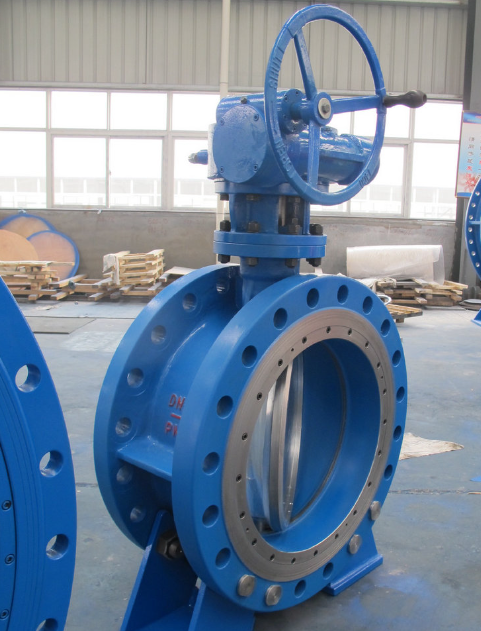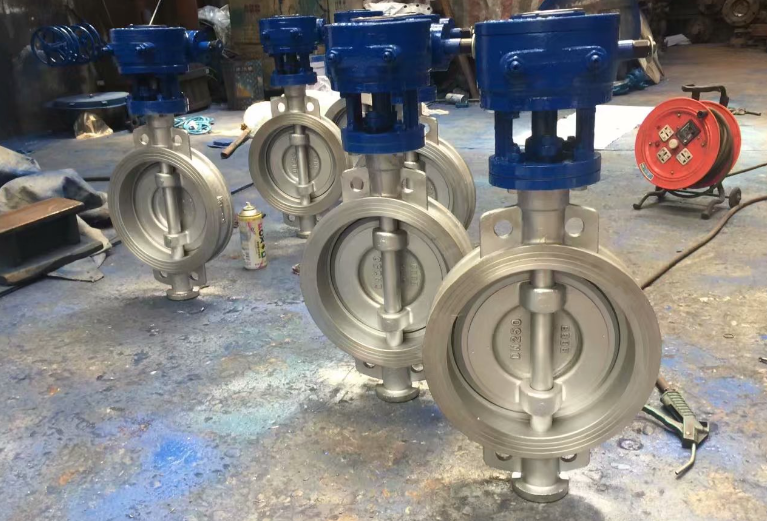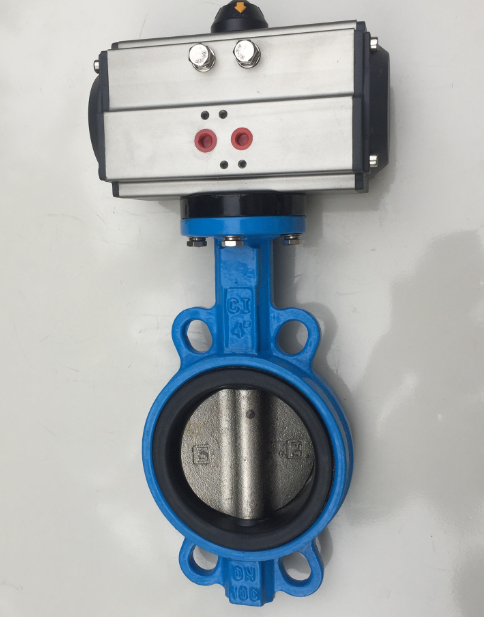Troubleshooting of butterfly valves
(I) Seal leakage
Cause analysis
Damage of seals: This is one of the most common causes of seal leakage. Seals may be damaged due to long-term use, wear, aging, chemical corrosion or high-temperature deformation. For example, in butterfly valves used in high-temperature steam pipelines, soft seals may lose elasticity due to long-term exposure to high temperature environments, resulting in poor sealing.
Deformation of butterfly plates: The butterfly plates may be deformed when they are impacted by external forces, excessive extrusion or uneven pressure distribution. After the butterfly plates are deformed, they cannot fit tightly with the valve body, resulting in leakage.
Impact of impurities: Impurities in the medium, such as solid particles, fibers, etc., may get stuck on the sealing surface between the butterfly plate and the valve body, destroying the sealing effect.

Treatment method
Replace seals: If the seals are damaged, seals that meet the valve specifications and medium requirements should be replaced in time.
Repair or replace the butterfly plate: If the butterfly plate is deformed, you can try to solve the problem by repairing it for minor deformations. However, if the deformation is serious, you may need to replace the butterfly plate. After replacing the butterfly plate, a sealing test should be performed to ensure that the valve no longer leaks.
Clean the sealing surface: When impurities are found on the sealing surface, it needs to be cleaned in time. You can close the valve first, then disassemble the valve, and use clean tools, such as a soft brush or compressed air, to remove impurities on the sealing surface.

(II) Increased operating torque
Cause analysis
Increased friction of the valve stem: This may be caused by lack of lubrication of the valve stem, impurities between the valve stem and the bearing or packing, and bending of the valve stem.
Increased friction between the butterfly plate and the valve body: The viscosity of the medium, foreign matter between the butterfly plate and the valve body, and deformation of the butterfly plate may all lead to increased friction between the butterfly plate and the valve body.

Treatment method
Lubrication and cleaning: If the friction of the valve stem increases, the valve stem should be lubricated first. The old lubricant can be removed and then re-applied with a suitable lubricant.
Check and deal with the problem between the butterfly plate and the valve body: If the friction between the butterfly plate and the valve body increases, first check whether the viscosity of the medium exceeds the design range. Check whether there are foreign objects between the butterfly plate and the valve body. If there are foreign objects, they should be cleaned in time.

(III) Stem stuck
Cause analysis
Poor lubrication: Long-term lack of lubrication will increase the friction between the valve stem and the bearing or packing, which may eventually cause the valve stem to get stuck.
Mechanical damage: Mechanical damage such as external impact, excessive wear or corrosion on the valve stem or bearing may also cause the valve stem to get stuck.
Foreign matter blockage: Large particles of impurities or other foreign matter in the medium enter the valve and block around the valve stem, which can also cause the valve stem to get stuck.

Treatment method
Lubrication and cleaning: If the valve stem is stuck due to poor lubrication or foreign matter blockage, first try to lubricate and clean the valve stem. If it is blocked by foreign matter, you can also try to remove the foreign matter with compressed air or other tools.
Repair or replace damaged parts: If the valve stem is stuck due to mechanical damage, the damaged parts, such as the valve stem or bearing, need to be repaired or replaced.

